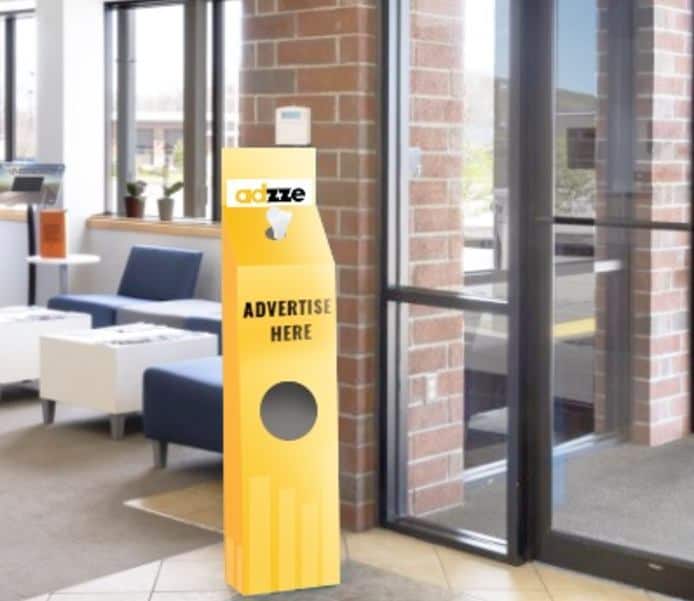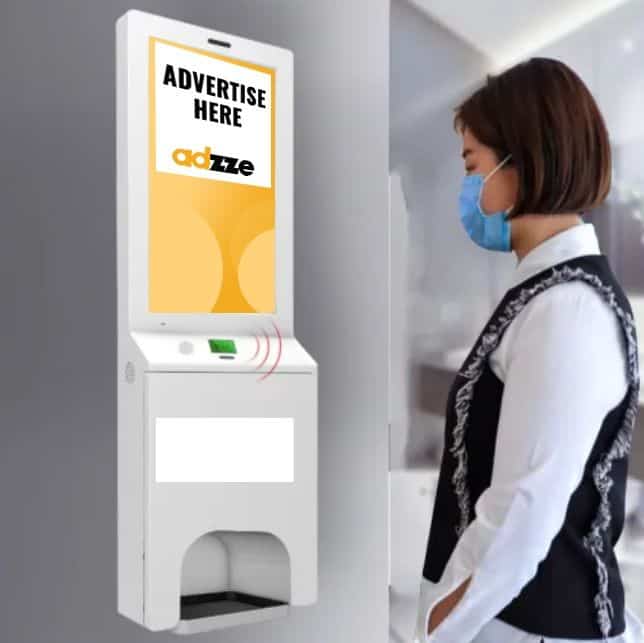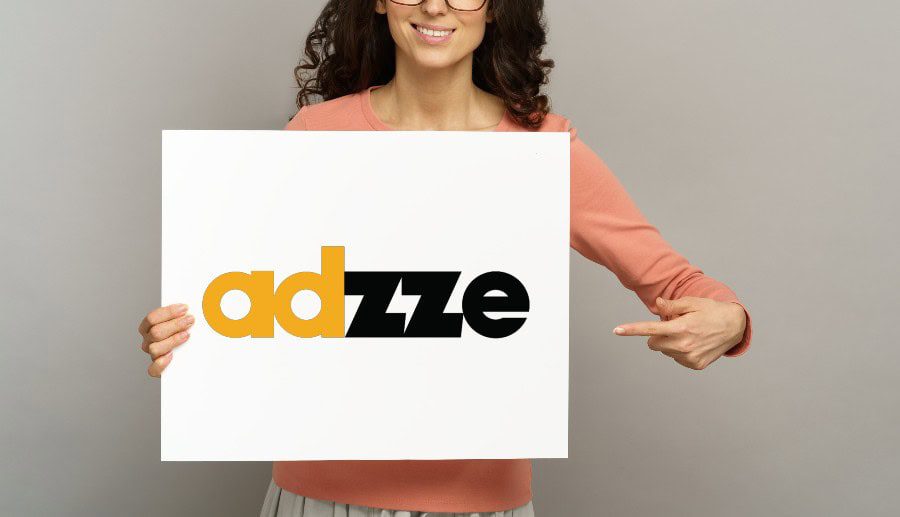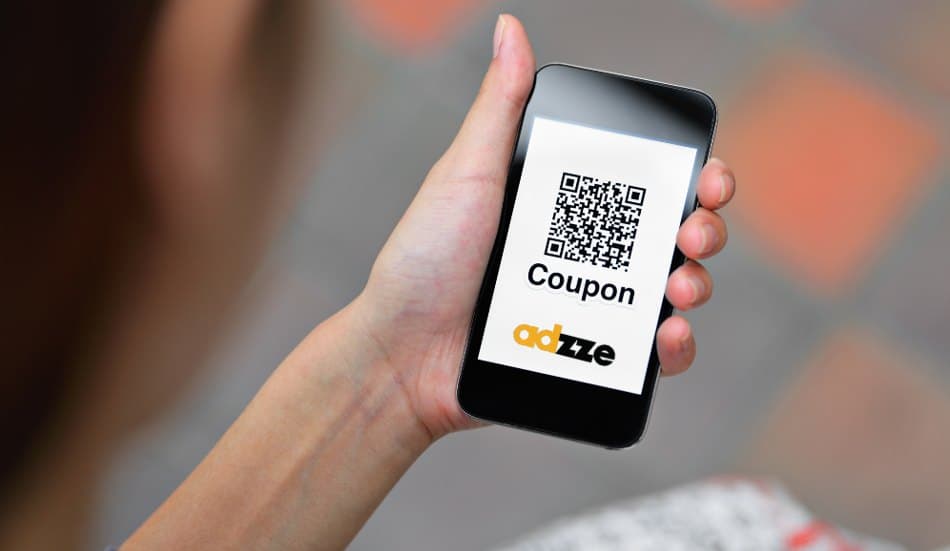
Hand Sanitizer Stand Advertising Tactics
When walking in public places, you will find hand sanitizer stands in different locations. The overall focus is to facilitate hand sanitization, which is an effective approach to fighting the spread of viruses and bacteria. The hand sanitization stands, attract huge traffic on a daily basis. This is because of the free offering of the hand sanitizer. Further, public health officials emphasize that hand sanitization is important in order to stop the spread of viruses.
As the hand sanitization continues to be accustomed to our norms, advertisers have seen an opportunity. This involves placing targeted advertisements on the hand sanitizer stands. Thus, marketers can deliver the message effectively as the consumers use the sanitizer.
How Does This Concept Work?
Hand sanitizer stands come in different shapes and sizes. The primary purpose is to dispense the sanitizer that is needed to fight germs. Since there are many people using the hand sanitization stand, it can be an effective approach for communicating brand messages to the users. In that regard, some enhancements to include digital displays on the hand sanitizer stands comes as a great idea. The digital display can be used to serve marketing messages. This does not affect the efficiency of the hand sanitation dispenser.




